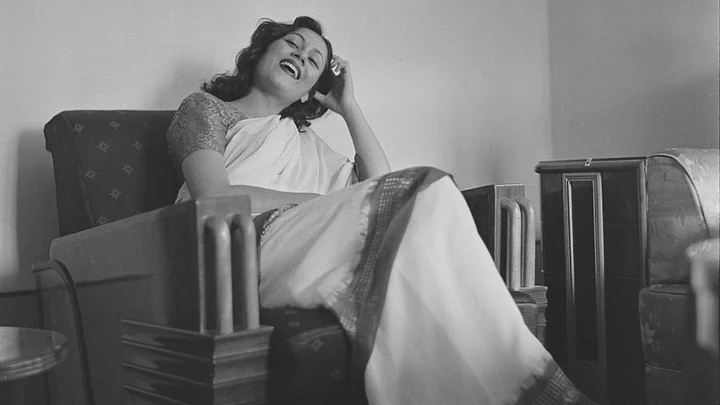The New York Times has published an obituary on the iconic Madhubala 49 years after her demise. She is among the 15 people from across the world whose obituaries were published on 8 March as a beginning of amends of what the publication says "a stark lesson in how society valued various achievements and achievers.” NYT has been publishing obits since 1851 but they have been mostly on white men. They have now begun to go beyond it with the ‘Overlooked’ section. Madhubala rubs shoulders here with the likes of Charlotte Bronte and Ida B Wells.
Excerpts from the obit:
Asked once to describe herself, Madhubala said she was so young when she entered the “maze” of the film industry — she made her debut at 9 — that she had lost herself.“When you have forgotten yourself, what can you tell people about yourself?” she once said.
She has been compared to Marilyn Monroe: the smoldering looks, the short career, the tragic end. “There was a remarkable similarity in the soft vulnerability of their faces,” writes Khatija Akbar in her biography of Madhubala. “The same abandon to their laughter, head thrown back, that same incandescent glow.”
Madhubala’s movies were also hits abroad, even in faraway places like Greece. Theater Arts, a New York magazine published from 1916 to 1964, called her “the biggest star in the world.” Life sent a photographer to profile her.Frank Capra Jr., visiting Bombay for a film festival in 1952, was said to have offered her a job in Hollywood. But Madhubala’s father, who controlled her career, forbade it.
She was born with a ventricular septal defect, a hole in her heart, diagnosed after she began working. There was no treatment for her condition, and she continued her punishing pace, completing more than 70 films in her short career. She told a friend: “No sooner had I learned what I was doing, God said, ‘Enough.’ ”
Thank you, New York Times.
(Source: New York Times)
(At The Quint, we question everything. Play an active role in shaping our journalism by becoming a member today.)
